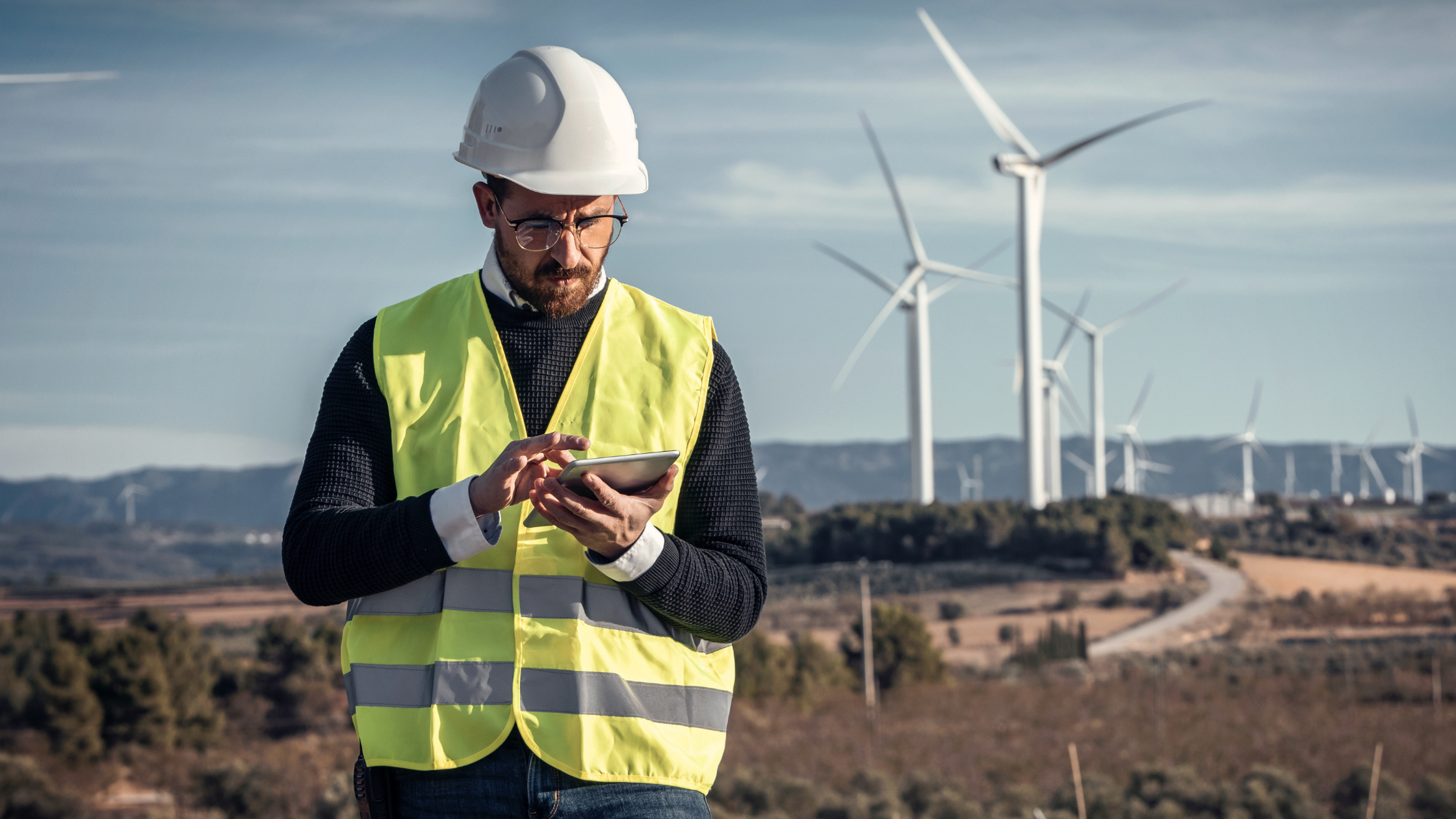Ideally, every workplace will be a controlled setting regarding employee health and safety. But what if employees are asked to do field reporting or have to work outside of the office? How can companies still ensure the safety of their employees in those situations?
Obviously, these types of situations are a little more unpredictable, which is why it’s important to follow certain safety guidelines and principles. With that in mind, we have put together a list of safety tips for companies to pass along to employees who are doing fieldwork.
Assess the Situation
Before employees are sent out in the field, it’s important for the employee and a supervisor to plan ahead and assess the situation. What are the types of hazards that could potentially be encountered while in the field? More importantly, what types of mitigation techniques can be used? It’s not always possible to eliminate potential safety hazards. However, it’s always helpful for employees to know what they’re getting into before going out into the field.
Bring the Right Equipment
Part of planning for fieldwork is making sure employees have the right safety equipment. This is why it’s essential to assess the potential hazards beforehand. If employees know what to expect in the field, they can dress appropriately and have the type of personal protective equipment that’s going to keep them safe. If employees don’t have the right equipment when they go into the field, they shouldn’t be working.
No Shortcuts
This is good advice for any work situation but it’s even more important for fieldwork that’s a little more unpredictable. Employees shouldn’t be asked to rush any work they do in the field or take unnecessary risks. Everything should be done by the book with safety always being the top priority. Again, this should always be the goal of every employee. But when employees are out in the field, they should be extra careful and never be encouraged to take shortcuts.
Know When to Stop
Employees in the field need to know when they should stop working and not go any further. This can relate both to the conditions that they’re in as well as how they feel physically. For instance, if the weather conditions are too hot, too cold, too windy, or unsafe in another way, workers should know that it’s okay not to continue. At the same time, if an employee is feeling too tired or dehydrated or not physically fit to keep performing the work safely, they should just stop. Mistakes can be made and accidents can happen when workers try to push the limits, which is something that should never be done in the field outside of a controlled setting.
Stay in Touch
Working alone when in the field is rarely a good idea. But if it’s necessary, employees still need to make sure they can keep in touch with a supervisor. Depending on the specific hazards, employees should be checking in with a supervisor at regular intervals to let them know that they are fine. If an employee misses a check-in, the supervisor will suspect that something is wrong and send help. If there isn’t regular communication while an employee is in the field, the risk of something serious happening only increases.
Monitor Employee Safety
Whether employees are in the field or working on-site, it’s important for company leaders to continuously monitor employee health and safety. The best way to do this is with the safety management software from EHS Insight. We have created a system that helps oversee all elements of workplace health and safety in an efficient way. Our system is not only cost-effective, but it can help reduce the risk of accidents and injuries. If your business doesn’t want to take any chances with employee safety, let us know and we can have our software installed before you know it.
